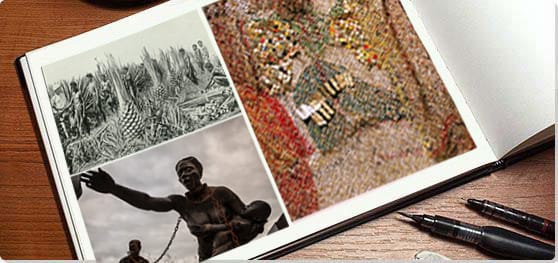
Platform for Artistic Expression Provided to Incarcerated Artists

**Inside the Artistic Souls: Koestler Arts’ “No Comment” Exhibition at Southbank Centre**
LONDON — Art has always been a profound medium to express the range of human emotions: joy, despair, hope, and rebellion. But what happens when artistic creation is an outlet for those marginalized, forgotten, and often cut off from society? The **”No Comment”** exhibition curated by **Koestler Arts**, a UK-based charity focused on providing an artistic voice to people in secure settings like prisons, mental health facilities, and youth detention centers, answers that question spectacularly.
The exhibition is housed at the **Royal Festival Hall** at the Southbank Centre in London and features an array of poignant, complex, and often gut-wrenching works created by individuals who are navigating life through the lens of incarceration or institutionalization.
### The Role of Koestler Arts
Koestler Arts has been pivotal for decades in promoting artistic expression in the UK’s criminal justice settings. The work they support spans many mediums: visual arts, writing, performance, and music. These are created by people experiencing acute societal exclusion, such as those in prisons, psychiatric hospitals, and children’s homes, as well as individuals on probation or serving community sentences.
The annual Koestler Awards, from which the “No Comment” pieces were selected, received over **7,500 entries this year**. This initiative allows incarcerated individuals not only to communicate inner thoughts and emotions but also to engage in rehabilitation practices by channeling creativity into productive outlets. Co-curated by **Jeremy Deller**, a long-time Koestler Arts collaborator, and **John Costi**, a formerly incarcerated artist, the exhibition presents an unparalleled view into incarcerated individuals’ mindsets, offering the public a rare opportunity to understand their stories.
### Artworks that Speak Volumes
The variety showcased at the “No Comment” exhibition astounds—mainly because of the resourcefulness seen in the creators’ use of materials. Given the limited freedom and resources in these settings, the aesthetic styles range from abstract simplicity to politically charged and culturally rich motifs. The artworks are as diverse as the emotions they convey.
One piece, titled **”Prison Is Despair,”** utilizes air fresheners emblazoned with haunting words like “mental health” and “reception,” creating a makeshift festive chain that is both beautiful and bleak. In **”Empowerment,”** an embroidered bra features handcuffed fists—a telling commentary on women’s experiences in prison systems, threaded with sharp irony and tragic defiance.
Meanwhile, the work titled **”Jenga Jungle”** demonstrates the creativity savvy incarcerated individuals must rely on. Using nothing more than carved wooden Jenga pieces, an artist has built an elaborate menagerie. This art symbolizes how minds locked into confining spaces still yearn for freedom and boundlessness.
The rawness and emotional depth of these works are jarring. For instance, the ceramic installation **”Code Blue”** presents tiny paramedics trying frantically to resuscitate a lifeless figure, capturing a dire moment with precision and heartbreak. Another, titled **”Home Sick,”** is a visceral, hand-drawn image of a floating head vomiting onto an idyllic cottage—a metaphor for the complexity of longing for a home, especially when disconnected from it.
Some artists explore the simple but deeper aspects of life. A piece titled **”3 Hs”** weaves together illustrations of health, homeliness, and hope through everyday objects like deodorant sticks, signifying how the small comforts of life become significant within the confines of incarceration.
### Art without Identity
Curiously, none of the artworks display the artists’ real names. Instead, audiences are shown only the name of the prison or institution from which a piece emerged and a reference number. This deliberate obscuring of identity adds to the eerie nature of the exhibition, as these pieces of art feel almost ghostly—expressions from people who seem present but unseen within mainstream society.
This anonymity invites viewers to approach the art on its own merits and to empathize not because of who the artist is, but because of the universal emotions and resilience that resonate in the work.
### Art, Rehabilitation, and the Need for Validation
Critically, Koestler Arts frames creative expression as part of a larger rehabilitation and well-being strategy, empowering incarcerated individuals to reflect through their creative instincts and to articulate the feelings stirred by their challenging environments. But the project is not limited to internal reflection.
Perhaps one of the most striking, and deeply humanizing aspects of the exhibition is the opportunity it affords visitors to provide feedback directly to the artists. Feedback cards are placed throughout the installation, encouraging visitors to select works that moved them and write responses to the unseen creators. Receiving acknowledgment is paramount for the artists, many of whom may be starved for any outside validation.
Often, an incarcerated individual’s artistic endeavors might be their sole means of communication with the world